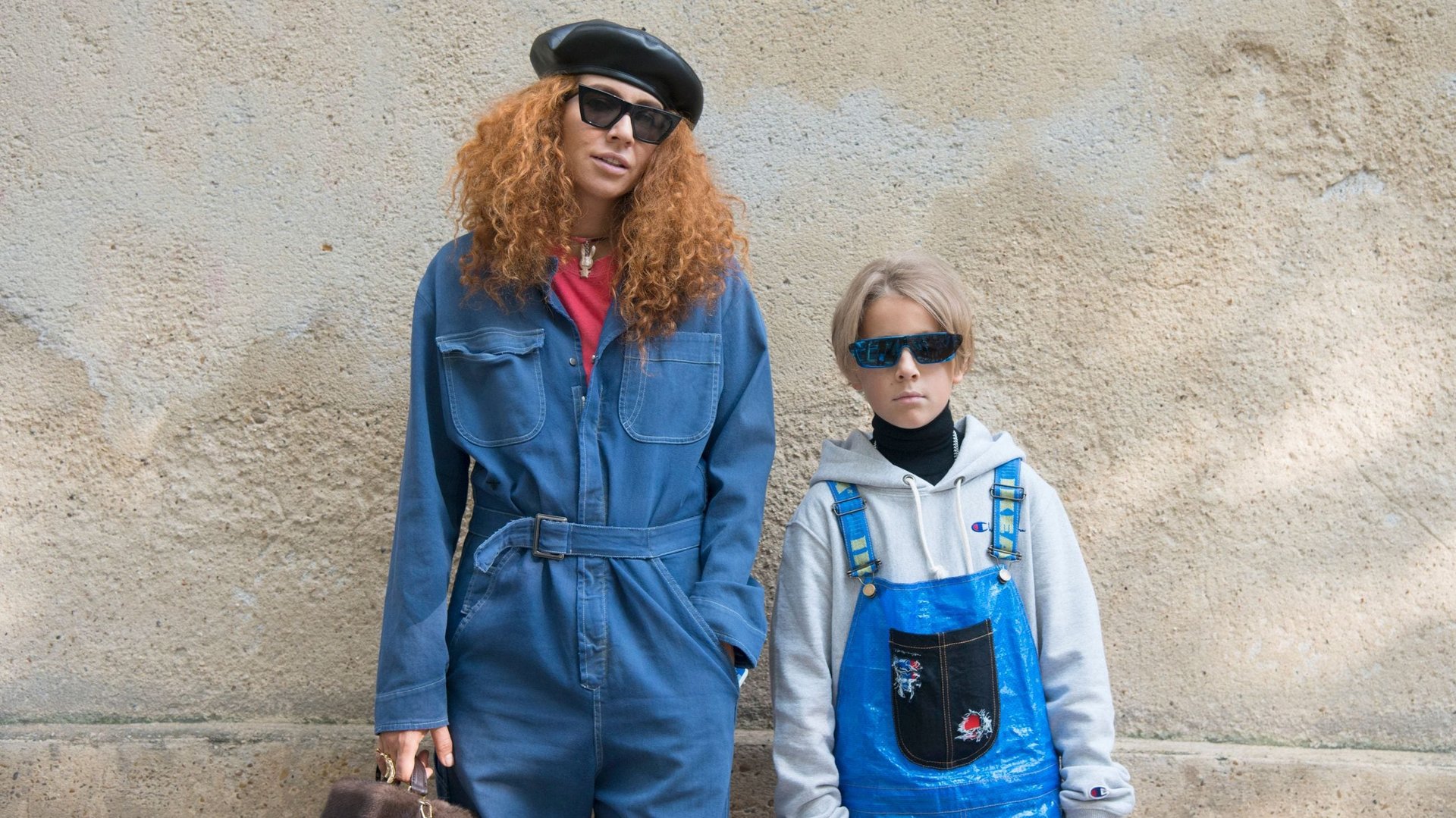Parents are dropping serious cash to dress their kids like mini hipsters
Across 45 global clothing retailers tracked by Edited, a retail technology firm, the average price of a pair of children’s sneakers is $90. For kids’ denim jackets, it’s about $114. A pair of little jeans will set you back $60.


Across 45 global clothing retailers tracked by Edited, a retail technology firm, the average price of a pair of children’s sneakers is $90. For kids’ denim jackets, it’s about $114. A pair of little jeans will set you back $60.
There are far cheaper options for dressing your kids, of course. But Edited notes that the reason these averages look so high is because of an influx of luxury clothing into the children’s market. More parents are happily opening up their wallets to make their little ones look fashionable.
High-end childrenswear has been around a while: Ralph Lauren, Burberry, Christian Dior, Gucci, and Dolce & Gabbana have all had lines for years. But the sector is currently experiencing a protracted growth spurt, as new brands keep entering it. Givenchy and Balenciaga, for example, have both launched childrenswear in the past year or so. According to Edited’s data, in May 2016 luxury made up 4% of the childrenswear market. Now it’s 11%.
The rise of social media is a big factor in that growth (tellingly, Kim Kardashian and Kanye West have a kids’ line now). Parents are acutely aware of how their kids look in the photos they share. The kids are aware of how they look, too. More and more miniature fashion influencers are racking up Instagram likes by the thousands, wearing Gucci sweatshirts and Supreme tees they might be finding through Hypekids, a children’s site launched by streetwear portal Hypebeast.
The phenomenon isn’t just in the US and Europe either. It’s happening in countries such as China as well.
Though sales of children’s clothes are small compared to their adult counterparts, they offer companies a new source of sales with low risk of diluting the brand. “Developing a children’s line was only a matter of time,” Philippe Fortunato, CEO of Givenchy, told Business of Fashion (paywall) last year.
For parents, it can be as much about them as their kids. “Young parents with kids don’t want to sacrifice their own aesthetic choices for the sake of dressing their children,” designer Jeremy Scott told BoF. “They want them to look cool, like an extension of themselves.”
Among mothers and their daughters, this mini-me phenomenon has deep roots, dating back to French couturier Jeanne Lanvin launching a children’s line in 1908. A recent story in The Atlantic explained the popularity of matching mother-daughter looks over the past century:
The matchy-matchy look flourishes in “time periods when there is more cultural emphasis on the family and the mother-daughter relationship,” said the fashion historian Jennifer Farley Gordon, who researches children’s clothing. In practice, the matching style can also signal affluence: a mother with leisure time to sew—or money to shop for—mirror-image outfits, and who is more likely to be a stay-at-home mom. Part of the idea, also, is that there’s not much point in being one half of a matching set if you’re not spending significant amounts of time together in public.
Today, thanks to social media, we can be in public all the time.